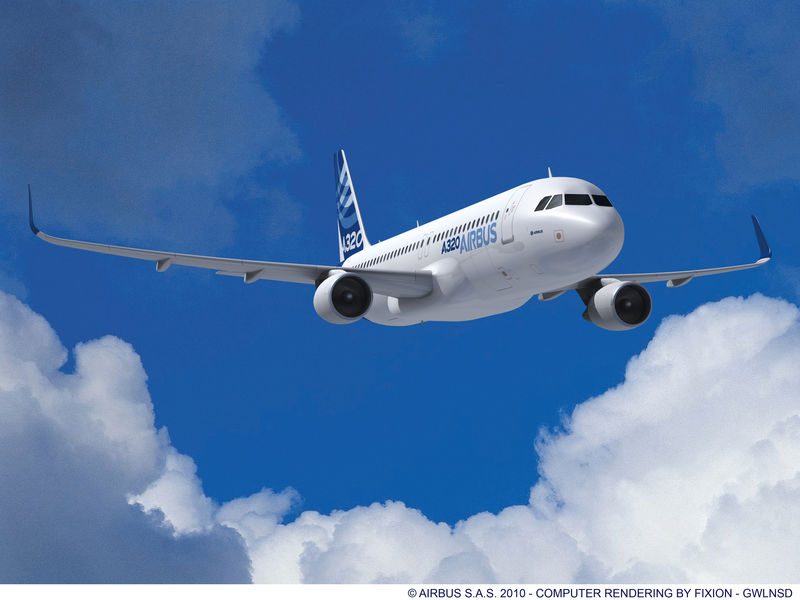 Commentary. It’s finally happened – a drone reportedly collided with a passenger plane this weekend. The British Metropolitan Police say that the pilot of an Airbus A320 approaching Heathrow Airport says that he believed a drone struck the front of the plane. Police based at Heathrow have launched an investigation, and pilots and authorities have called for stricter enforcement and harsher penalties for operators found flying drones near airports.
Commentary. It’s finally happened – a drone reportedly collided with a passenger plane this weekend. The British Metropolitan Police say that the pilot of an Airbus A320 approaching Heathrow Airport says that he believed a drone struck the front of the plane. Police based at Heathrow have launched an investigation, and pilots and authorities have called for stricter enforcement and harsher penalties for operators found flying drones near airports.
While the incident does show a totally unacceptable lack of sense on the part of the drone operator, who should absolutely have been obeying the regulations requiring that the drone not be flown within five miles of an airport, it also goes some way to answering the question: what happens when a drone strikes a passenger plane?
Not much, apparently. The plane, thankfully, continued with their safe landing. The pilot reported the incident. The aircraft was examined for damage, and cleared to take off on its next flight with no issues.
The fact that the plane was undamaged does not mitigate the drone operator’s responsibility. If nothing else, the operator caused a startling distraction for the pilot which could have had negative consequences. Reckless disregard for the more obvious drone regulations does not serve the community of responsible operators well, and could cause lasting harm to a growing industry in the shape of more draconian regulations. A reasonable – and reliable – method of preventing drone flight near airports should be found. But there has been a long argument about the actual impact of drones colliding with airplanes, fueled largely by computer generated assumptions and guesses; and this is the first real incident to test it. On one side, there’s the recent Mercatus Center report which claims that a drone striking an airplane would result in a fatality once every 187 million years. On the other, there’s the claim – often argued by ALPA and the FAA – that drones pose an extreme risk to passenger aircraft.
It would seem, fortunately, that the more modest risk assessment may be appropriate.
Nonetheless, the incident creates a big problem for the drone community. Headlines after the collision were dramatic and extreme: The Evening Standard warned of potential “mass casualties” due to drone collisions; The Guardian says the government “Vows to Tighten Rules.” While there was no dramatic denouement, an actual collision does demonstrate that some operators continue to behave irresponsibly and illegally; and that current regulations are not sufficient to keep “rogue” drone operators from entering restricted airspace. But it may also show that threats of huge fines and jail time are equally ineffective, and it’s time to get serious about implementing one or several of the technological solutions that exist to keep drones out of restricted areas.

Miriam McNabb is the Editor-in-Chief of DRONELIFE and CEO of JobForDrones, a professional drone services marketplace, and a fascinated observer of the emerging drone industry and the regulatory environment for drones. Miriam has penned over 3,000 articles focused on the commercial drone space and is an international speaker and recognized figure in the industry. Miriam has a degree from the University of Chicago and over 20 years of experience in high tech sales and marketing for new technologies.
For drone industry consulting or writing, Email Miriam.
TWITTER:@spaldingbarker
Subscribe to DroneLife here.







http://www.telegraph.co.uk/news/2016/04/21/drone-believed-to-have-hit-british-airways-flight-may-have-been/
OR it was a.plasitc bag. Funny that.
Where’s the audio? The ATC logs? The pictures of the damage? The drone itself? Clearly the “drone strike” was a bird or another object.